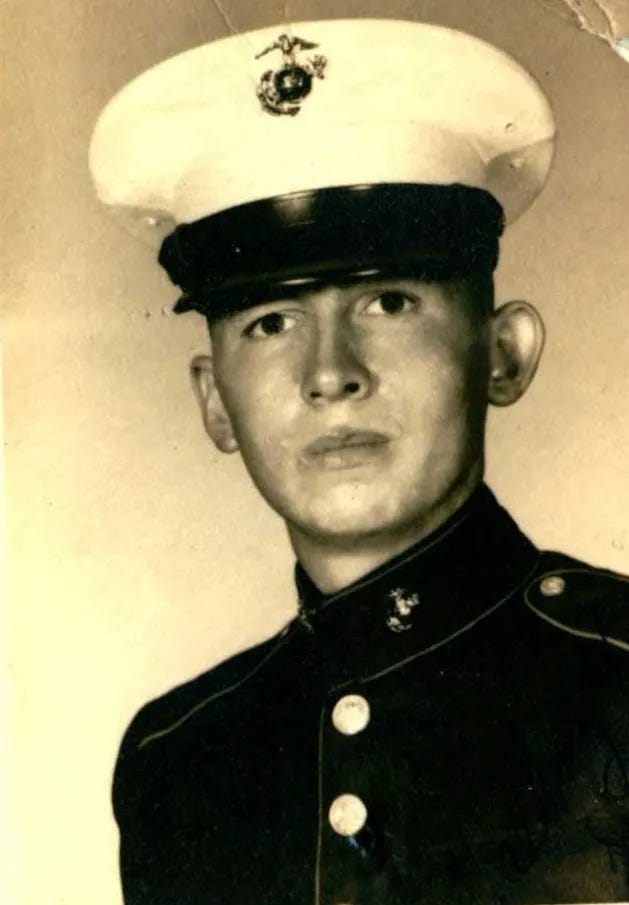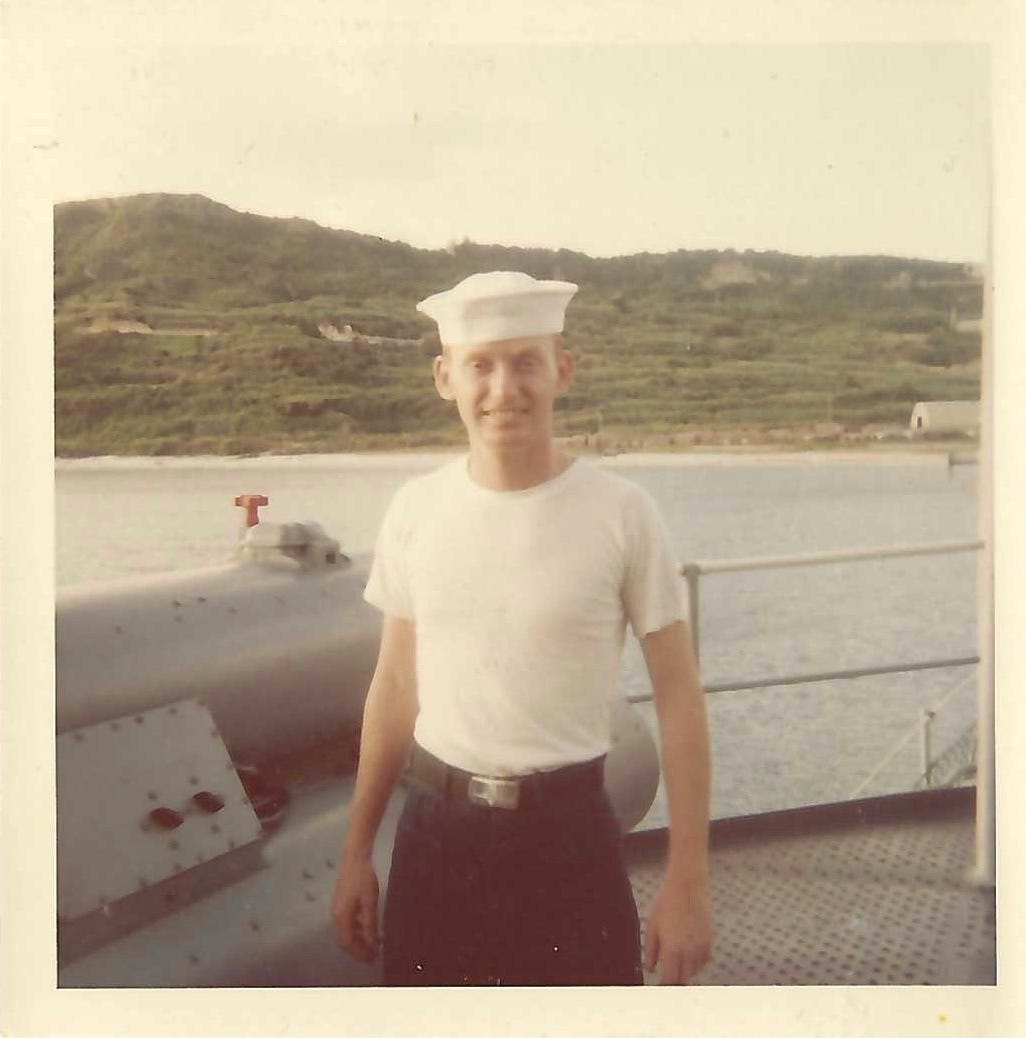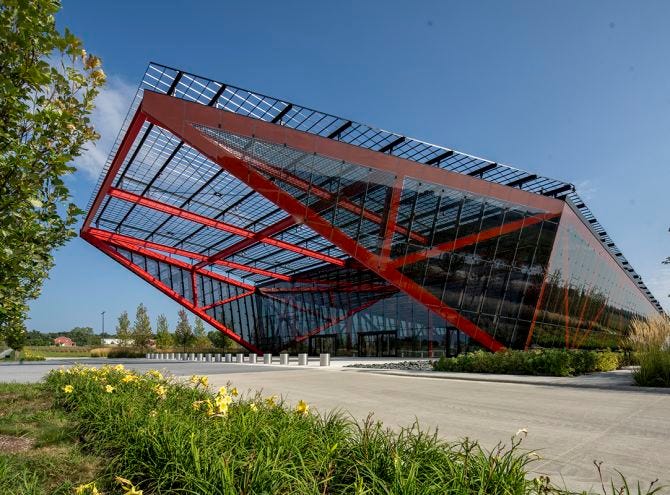A Personal Message
An Incredible Opportunity to Honor Those Who Served
A Lifelong Passion for History
History has always been my thing. I was that kid who loved history class, the one who didn’t see memorizing dates as a chore but as a gateway to understanding how we got here. I didn’t just memorize; I asked questions and wanted to know why things happened the way they did. My teachers were probably relieved when I didn’t ask yet another question about the Founding Fathers or why certain events shaped our path. They were used to me being the eager student who showed up with a list of topics to discuss.
By the time I got to college, it was clear: history was my path. Specifically, U.S. history, through the lens of the Constitution and diplomacy, with a little military history mixed in for good measure. My roommate and I, both history geeks, spent countless late nights talking about the key moments that shaped our country. Late-night debates, fueled by endless coffee and cigarettes, listening to music, and discussing the finer points of history, are memories I’ll carry with me for a lifetime.
From Politics to Nonprofits
After college, I found myself in Washington, DC, with a mission to take everything I had learned and apply it to something real: policy, public service, and making a positive impact. I’m writing about the journey and the unexpected turns that led me to leave the public service field. That pivot took me to the non-profit sector for the past decade, a field where I could make a meaningful difference. After nearly a decade in an executive role, I found myself at a crossroads, wondering what my next step would be.
Then, I came across an opportunity that I hadn’t expected. Leading a museum that focuses on the citizen soldier, particularly those who served during the Cold War. This wasn’t just another job. It was a call to connect my passion for history with a personal mission. And it felt like a perfect fit, not just for my career but for something deeper inside me.
A Personal Connection to Cold War Service
I didn’t just study the Cold War in textbooks. I grew up with it, in the shadow of that era, shaped by its quiet yet profound impact on my family. My father, a 21-year-old Marine, was stationed at Camp Lejeune during one of the most intense moments of the Cold War, the Cuban Missile Crisis in 1962. For thirteen days, the world teetered on the brink of nuclear war. My dad was part of the force on standby, ready to deploy if diplomacy failed.
I learned about the quiet sacrifices of the men who were ready, in case things went sideways. They weren’t looking for recognition, and their stories often stayed untold. My dad’s service was a symbol of the silent readiness that defined so many of those who served during the Cold War, a period that didn’t have the flashy, visible victories that many other wars did.
Honoring the Forgotten Warriors
This year, we laid my father-in-law to rest. He, too, had served: 21 years in the Navy, including five tours in Vietnam. And much like my dad’s story, his was one that wasn’t talked about much, not in public anyway.
As a child, I didn’t learn about Vietnam from the history books first, but rather from those who were there. Some shared their stories, while others were still coming to terms with the horrors of war. All of their stories were ones of sacrifice and endurance. This had a profound impact on me as I gained a deeper understanding of the conflict.
My own experience working with returning veterans in South Carolina, especially after Iraq and Afghanistan, was shaped by these personal histories. I came to understand that those who served in Vietnam, and in earlier conflicts like the Cold War, had stories that weren’t always shared. Many of those stories are lost now, either in the quiet moments when no one was watching or in the faces of those who have since passed away.
Why I’m Excited About Pritzker
This brings me to the Pritzker Military Museum & Library. In 2024, the museum relocated from Chicago to Kenosha, Wisconsin, and I was drawn to it for many reasons. It wasn’t just about my love of history; it was about something deeply personal. This museum is about honoring the citizen-soldier, the men and women who quietly served to keep the world from descending into chaos. People like my father, who answered the call not to fight for glory but to stand ready in case the world needed them.
I’m excited about the opportunity to lead the museum because I believe in its mission. On August 18, I’ll step into my role as president, and my focus will be on expanding the museum’s mission globally, building on the momentum from our recent move, and deepening our roots in Kenosha. But most importantly, I’m committed to ensuring that the stories of the Cold War soldiers, those who stood the watch, in silence, ready for the unthinkable, are preserved and shared.
Cold War Service: The Quiet War
The Cold War wasn’t just a standoff between superpowers. It was a complex web of proxy wars, covert operations, and high-stakes diplomacy. But it was also a time when ordinary Americans, many of them just teenagers, enlisted and served in ways that went largely unnoticed. They weren’t in the headlines, and their stories were rarely told in the classroom. But they were there: at missile silos, flying reconnaissance missions, deciphering codes, and standing guard at bases around the world.
These weren’t the battles you read about in textbooks, the ones that have clear beginnings and ends. The Cold War was a long, slow burn of tension, patience, and vigilance. It was fought by men and women who didn’t wear medals for their service. They didn’t come home to parades or fanfare. They came home to families who understood that the job they did mattered, even if the rest of the world didn’t know about it.
A Cold War Worth Remembering
The Cold War wasn’t a clean, easy conflict. It didn’t end with a dramatic surrender or peace treaty. But it was fought through endurance, discipline, and sacrifice. The service of those who lived through it shaped the world we live in today. They deserve to be remembered.
At Pritzker, we’re dedicated to honoring their stories, not just the famous moments, but the quiet ones too. Not just the leaders, but the watchstanders. What they did mattered. And we need to make sure they’re never forgotten.
As we continue to grow the museum in Kenosha and share our work across the country and around the world, we’re putting Cold War service front and center. These men and women deserve to be seen. And I’m proud to be part of making sure that happens.







Congratulations! Sounds like a deeply meaningful role.
Congrats on the very cool gig, Scott! And talk about full circle - when I met you while you were working for Mark Sanford, I was working for Rep. Les Aspin -- the Congressman for Kenosha! You're lucky to be heading to America's Dairyland!